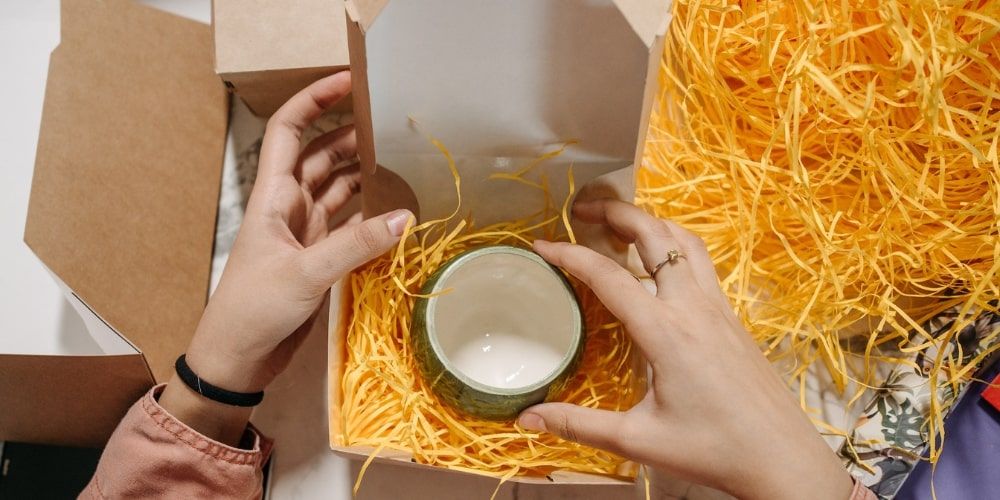Void fillers are materials used to fill the empty gaps and extra space in your packaging. They're used to protect your product during transportation by minimizing its shifting around, while also absorbing shock. While they have a practical purpose, void fillers can be an aesthetic part of your overall packaging design.
To choose the right type of void filler for your packaging, you'll need to consider how well it cushions your products, how much padding/protection your products need, and the weight of your products. We'll share examples below on the different types of void fillers you can consider using, especially during the packing process.
Paper Void Fillers
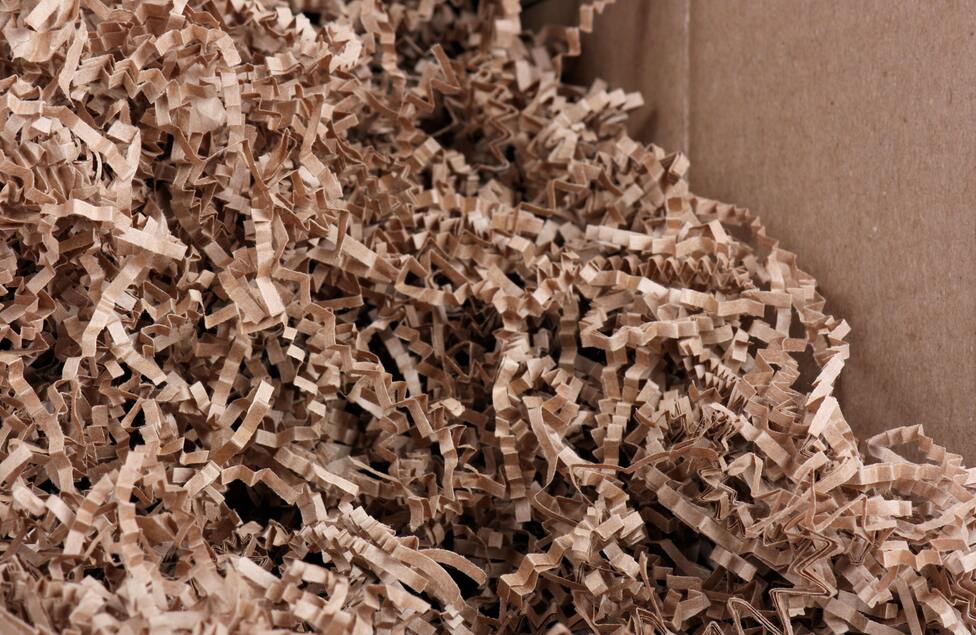
One of the most cost-effective options is simply using paper. Everything from newspaper and packing paper, to tissue paper and crinkled paper fillers all provide extra cushioning and protection inside your packages.
This type of void filling is also eco-friendly because paper is biodegradable. Reusing old scraps of paper as void fillers is also a great way to make use of something once again before it's recycled. However, paper void fillers may not have the same level of visual appeal and protection compared to other alternatives, since paper as void fillers are effectively crumbled up and stuffed into the empty spaces inside your boxes.
Void Filler Wraps
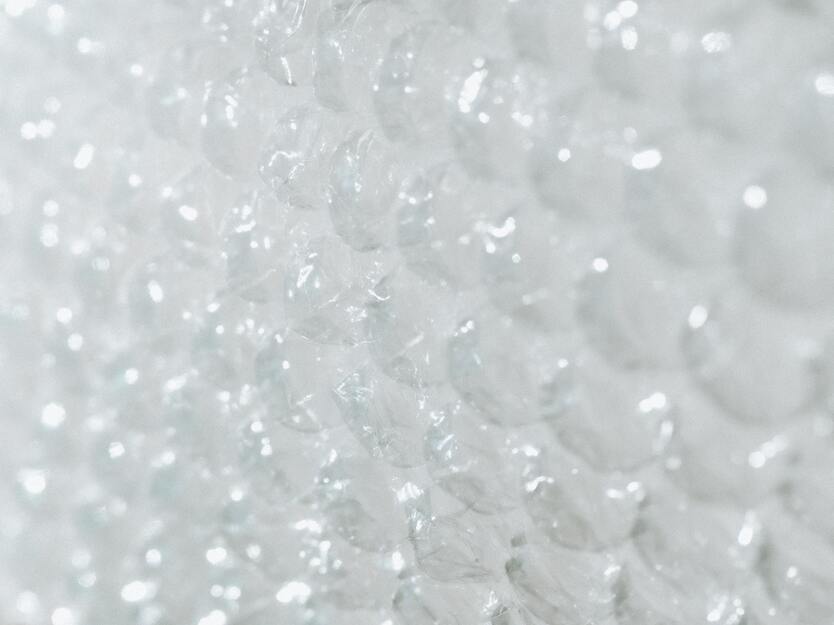
Bubble wraps or eco-friendly corrugated wraps are often used to protect glass objects and other fragile items. Bubble wrap is one of the most commonly used void fillers because it is cheap and very protective. However, bubble wrap, being plastic, is not a sustainable material.
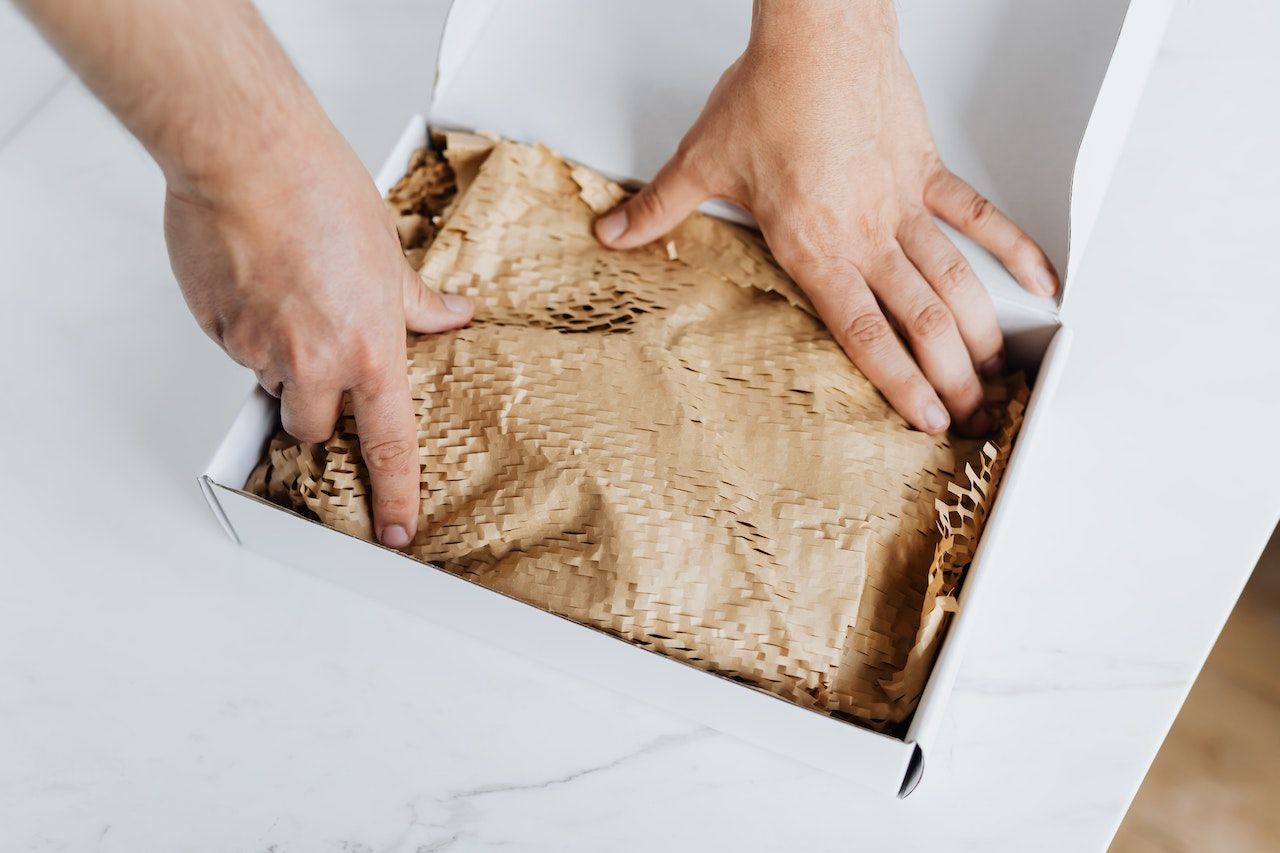
On the other hand, corrugated or kraft paper wraps are made of paper/cardboard and therefore much more eco-friendly; they are also arguably more aesthetically pleasing than bubble wrap, but are less protective as they are not as shock-absorbent and less malleable).
Foam Sheets
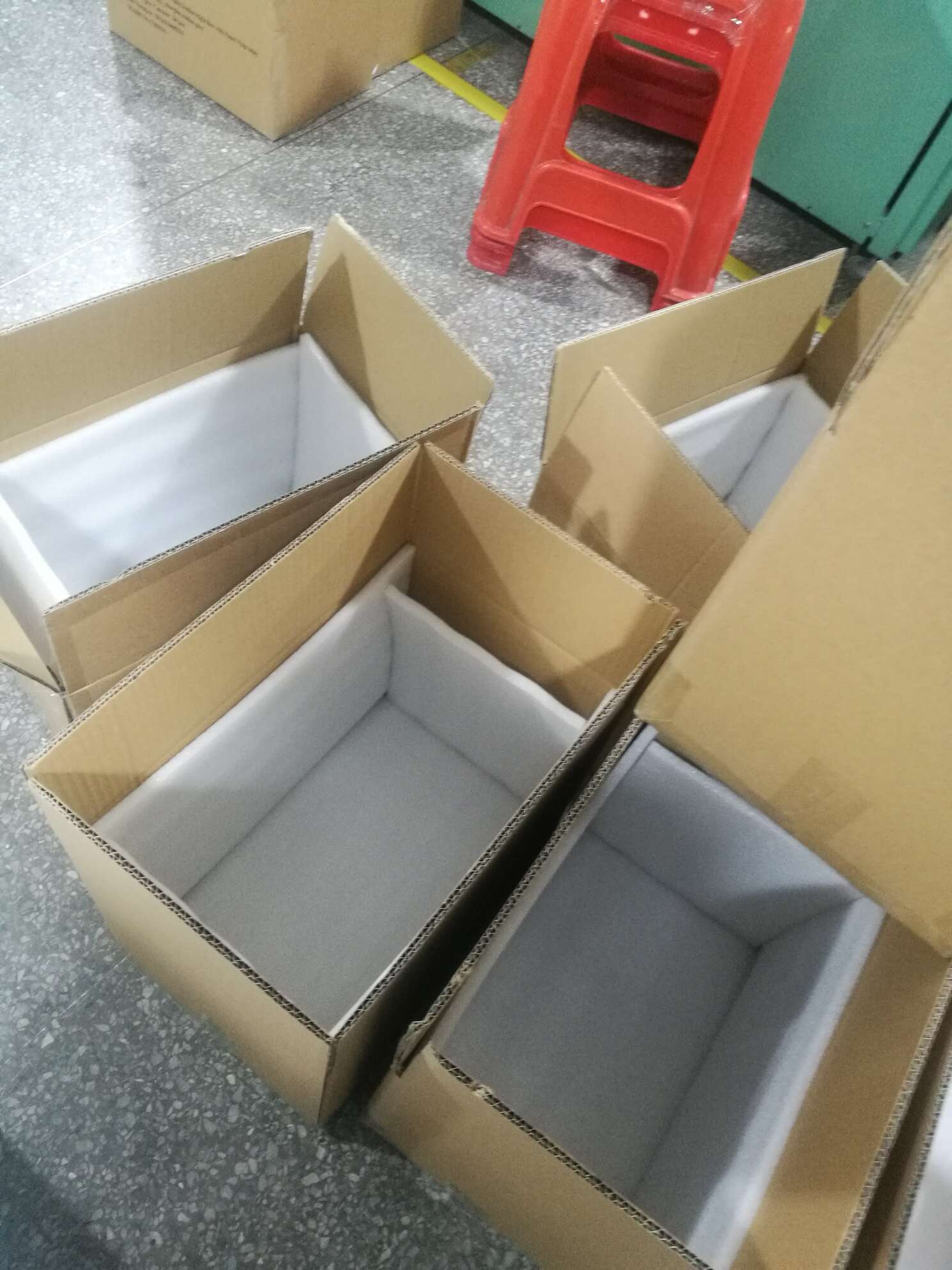
Unlike wraps, foam sheets do not wrap around the product itself, but instead line the inside of a shipping box, acting as a shield and additional layer of protection between your products and the shipping box. Foam sheets absorb a lot of shock, which is great for glass, fragile items, or rigid items that can dent or be scratched upon impact.
While foam sheets do a great job in protecting what's inside the box, they aren't eco-friendly and often go to waste after they're used. In addition, if you're shipping in very high volumes, adding foam sheets inside your shipping cartons will increase the overall size of each carton, and can therefore increase the cost of shipping.
Packing Peanuts
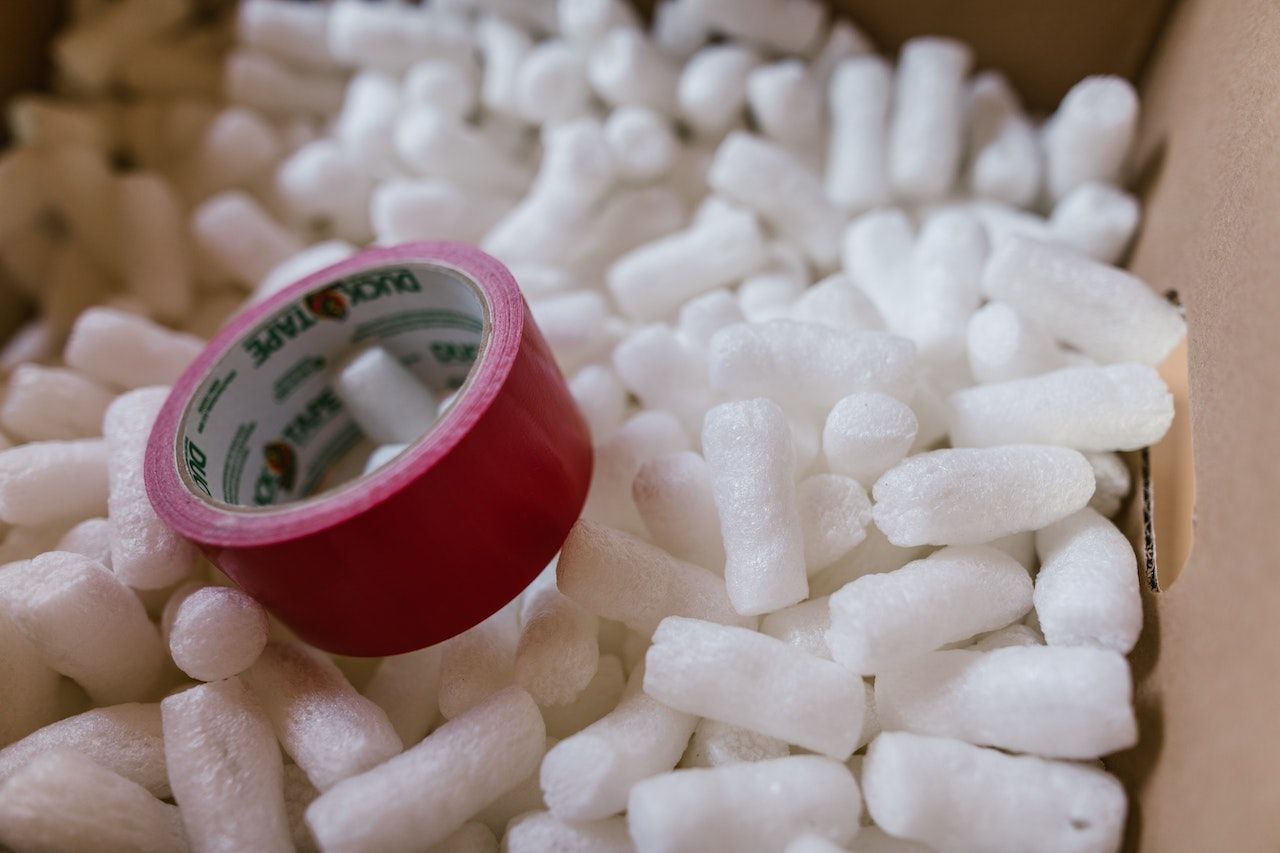
Packing peanuts, which are also known as packing popcorn, are a type of loose-fill packaging meant to fill up larger spaces, including empty spaces that just aren't uniform in size. They're often made with styrofoam, but recently, biodegradable packing peanuts – which are made from naturally derived starches like wheat and cornstarch – have become available as well. These packing peanuts are significantly more eco-friendly as they're made from a renewable resource, require less energy to produce, and dissolve in water (making it impossible for them to pollute bodies of water the way that styrofoam does).
However, biodegradable packing peanuts will come at a higher cost than the traditional styrofoam peanuts, so it's up to your business to determine if you have the packaging budget for a more sustainable void filler.
Air Pillows
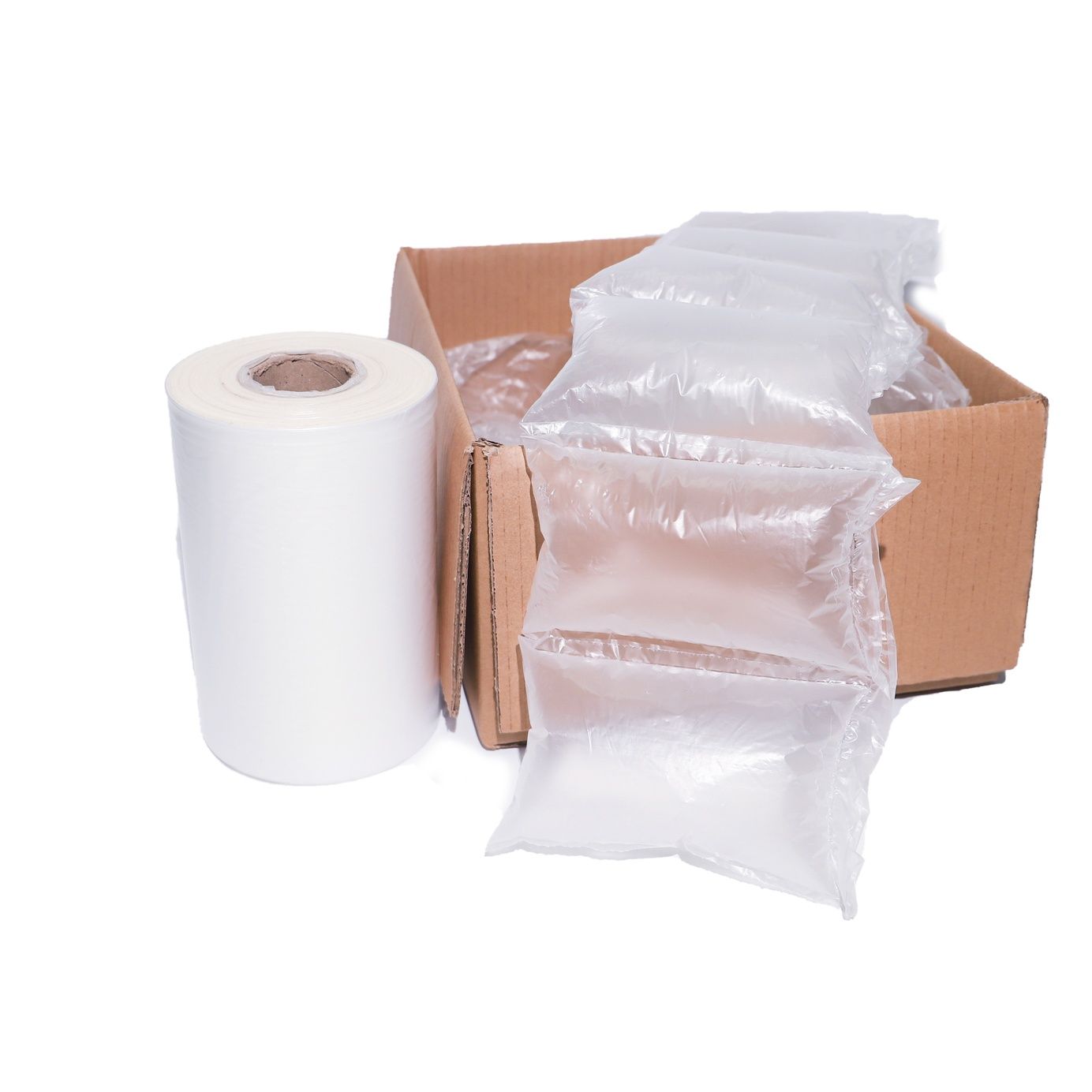
Air pillows, also known as air cushions, are air-filled bags that can be used between and around products. Their malleable nature allows them to be placed virtually anywhere within a box, making air pillows a very effective way of separating products that are packaged together.
While air pillows come in a range of sizes, common ones are typically fairly large (8 x 4 inches), making them unsuitable for packaging smaller items. While these cushions are usually made of plastic, recently, sustainable alternatives (such as paper-based air pillows) are also being used.
Custom box inserts
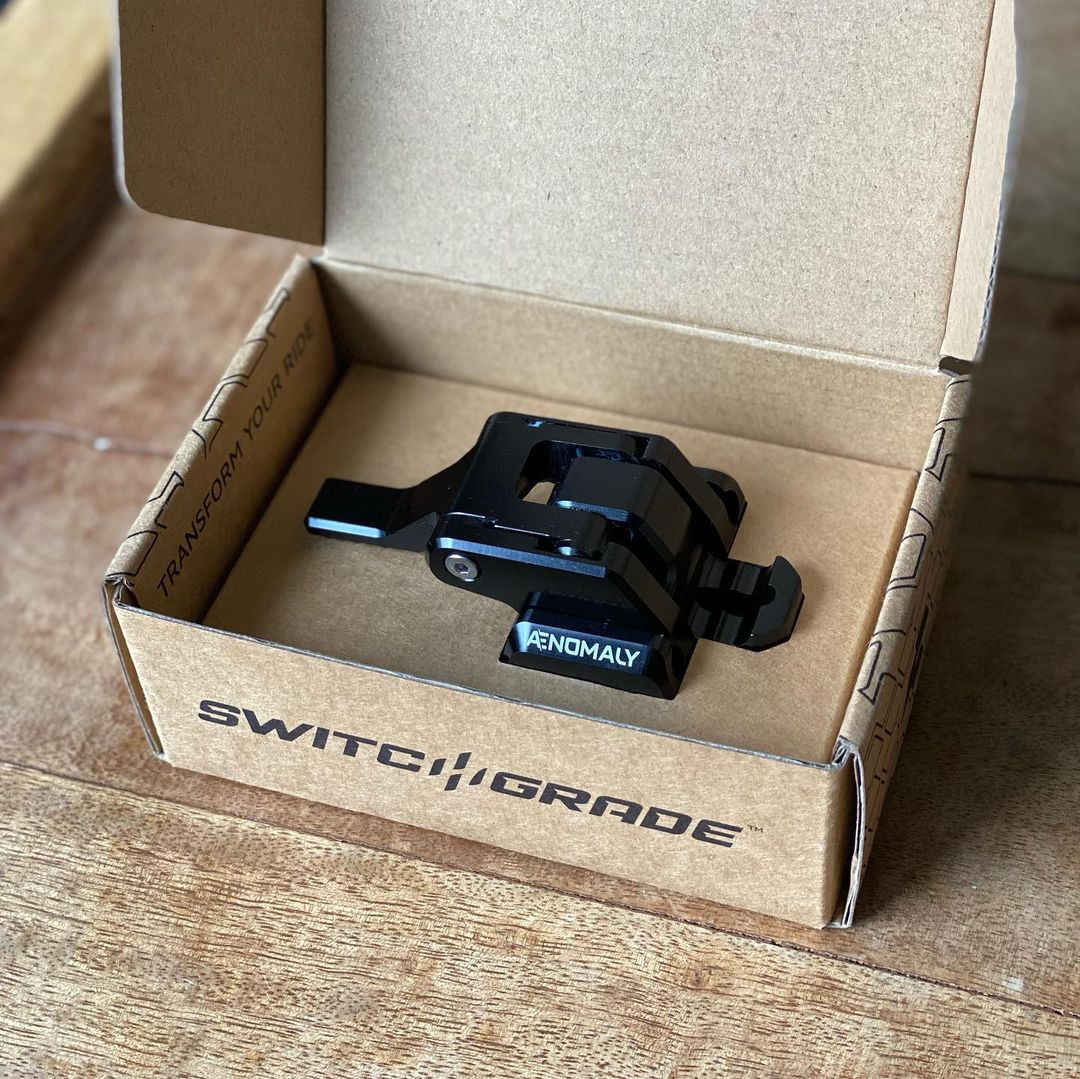
Custom box inserts are distinguished by their beautiful presentation and unparalleled product protection. These inserts can be designed to perfectly fit your product(s) within your branded packaging boxes, leaving little to no space for any movement.
In addition, box inserts made of paper or cardboard can be further customized with printed designs that allow you to continue telling your brand story inside the box. While custom box inserts aren't usually the first type of void filler people usually think of, they can be a great way to organize and securely hold products inside your boxes before shipping.
Need help engineering a custom box insert that's tailored to your products? Learn more about our structural design service here.
--
Packaging filler is an essential component for ensuring products are secure during shipping. It serves a practical purpose, filling voids in the packaging to reduce movement and potential damage.
There are many different types of void fillers, and all of them serve the purpose of protecting your products. However, they also come with their differences in terms of material, eco-friendliness, and degree of protection. As such, it's important to consider the various factors in order to select a void filler that suits your needs.
